What does it do? A pulse longer than 500ns on the input will turn on the LED, a shorter pulse will turn it off. Pulses received after the first pulse will be forwarded to the next device. If no pulse is received for 20µs, the first device will be ready to receive pulses again.
Sounds complicated? In the end this allows to use a train of pulses to program the state of a number of LEDs connected in series. The same principle is used to control the WS2812 addressable RGB LEDs. The difference is that this circuit is implemented entirely using discrete transistor logic.
See it in action here
Longer design description: https://cpldcpu.wordpress.com/2021/02/27/the-transistorpixel/
 Tim
Tim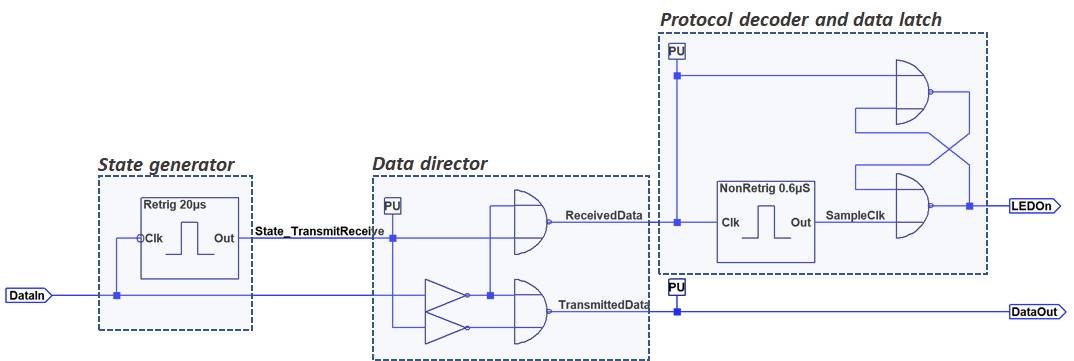 The purpose of the "stage generator" and "data director" is to control the flow of the input signal. It is either steered towards the decoder or towards the next device. The decoder will turn on the LED if a long signal is received and turn it off if a short signal is received. This is basically the same protocol that is used by the WS2812 with the exception that only a single bit of data is received by each LED instead of a full 24 bit RGB value.
The purpose of the "stage generator" and "data director" is to control the flow of the input signal. It is either steered towards the decoder or towards the next device. The decoder will turn on the LED if a long signal is received and turn it off if a short signal is received. This is basically the same protocol that is used by the WS2812 with the exception that only a single bit of data is received by each LED instead of a full 24 bit RGB value.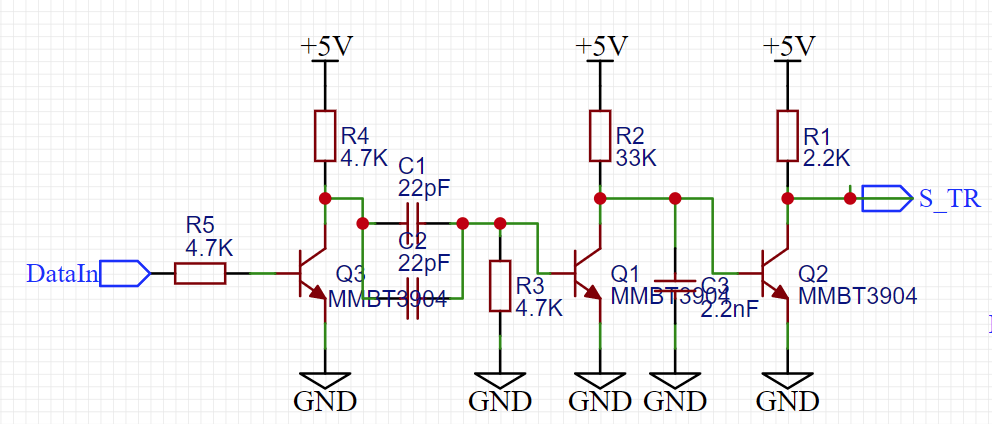
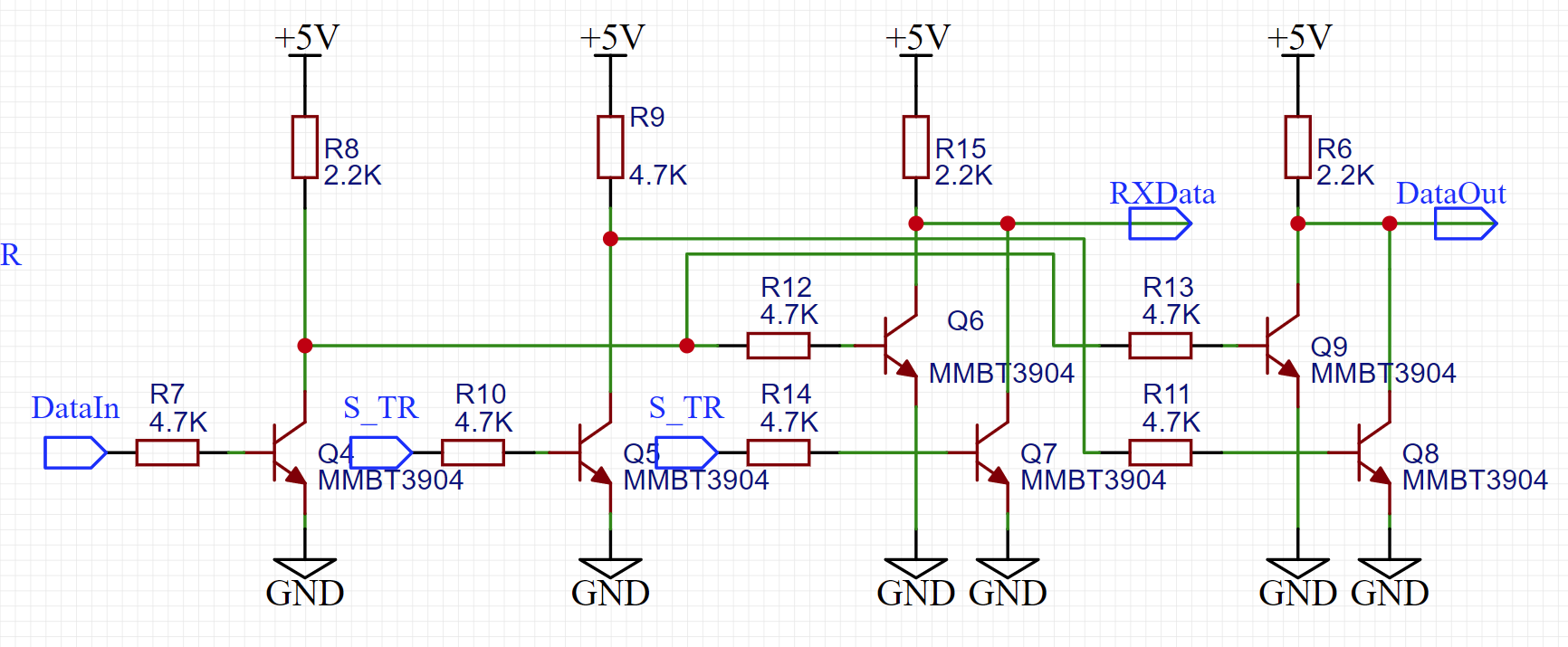






 mircemk
mircemk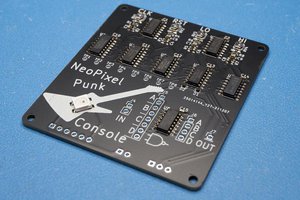
 Adrian Studer
Adrian Studer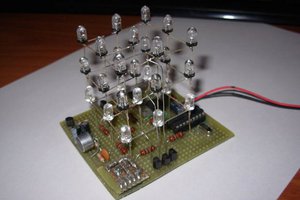
 gianlucag
gianlucag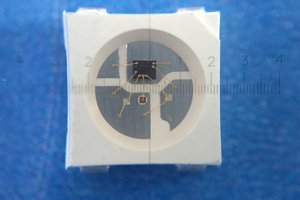
 Jercio-sk6812
Jercio-sk6812
Hi, Tim! Please share easyeda project.